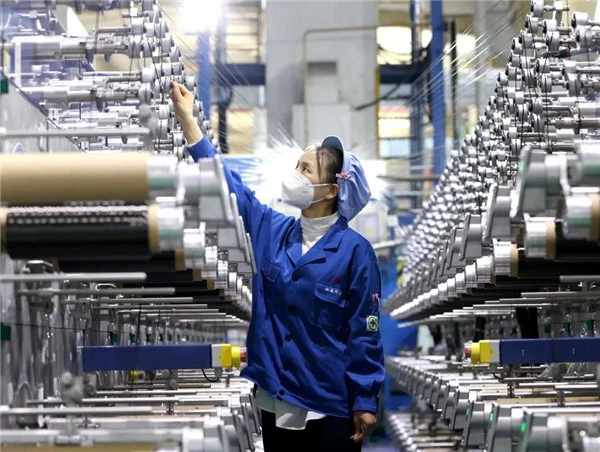
China's dominance in the apparel industry changing, while it remains a manufacturing powerhouse, Chinese companies are increasingly looking outward, investing in garment production facilities overseas.
Where is China investing?
Southeast Asia is a prime target for Chinese investments, with Vietnam, Cambodia, Thailand, Laos, and Myanmar attracting a significant chunk of Chinese investment, estimated at over $1.8 billion as per Shenglu Fashion, a textile industry information portal. This focus on neighboring countries makes logistical sense and leverages existing trade ties. Proximity offers logistical advantages and access to a young workforce. Additionally, reports suggest investments in Africa and North America, indicating a broader global strategy.
This outward investment is driven by several strategic motives. Rising labor costs and increasing competition within China are prompting companies to seek more cost-effective production bases. The ongoing trade war with the US has incentivized diversification into other markets. Additionally, the Belt and Road Initiative, a Chinese government project aimed at fostering global trade infrastructure, is facilitating these investments in some regions.
Benefits of investing abroad
By shifting production to countries with lower labor costs, and reducing reliance on a single location Chinese companies remain competitive in the global market. Moreover foreign investments allow Chinese companies to tap into new consumer bases and diversify their export markets. Investments can help secure access to raw materials and ensure a smooth flow of goods. These investments also create jobs in the host countries, fostering positive economic relationships.
Despite the potential benefits, there are challenges to consider. First, varying infrastructure levels and regulations across different countries can pose logistical hurdles. Additionally ensuring fair labor practices in overseas facilities is crucial for maintaining a positive brand image. However, the environmental impact of extended supply chains needs to be addressed by investors.
Chinese outward investment in the apparel sector is likely to continue. As domestic market matures and global competition intensifies, Chinese companies will seek new opportunities and production bases abroad. The success of this strategy will depend on navigating the challenges and ensuring sustainable practices throughout the global garment network.












